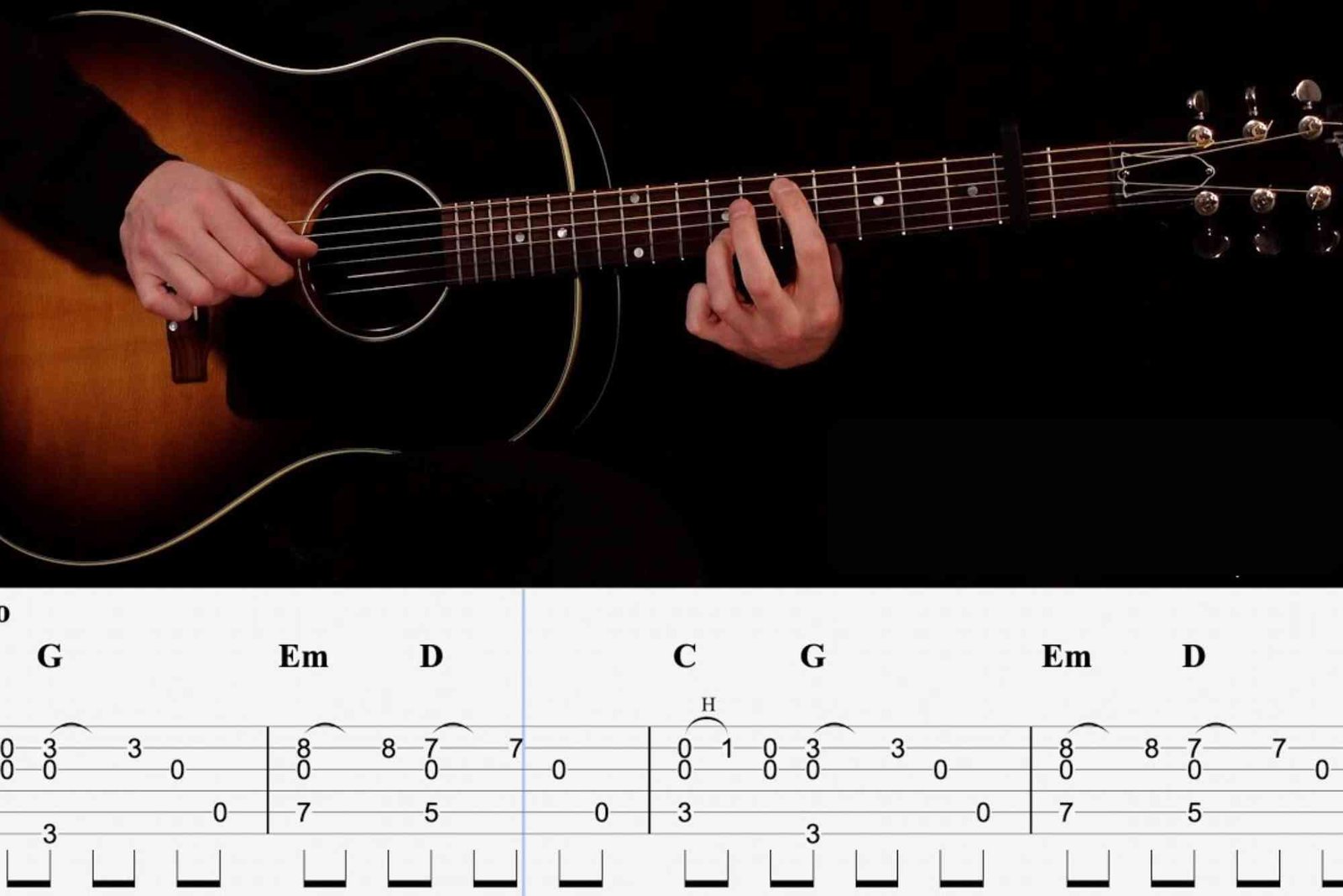Introduction
In today’s fast-paced digital world, people crave clarity, direction, and reliable information. Whether you’re learning a new skill, improving a habit, or exploring a field, the best way to approach it is through A Comprehensive Guide. This article aims to break down how a well-structured guide can simplify your learning process, save time, and enhance your understanding of any subject.
Understanding the Concept of A Comprehensive Guide
A comprehensive guide serves as a roadmap to understanding complex topics with ease. It combines essential knowledge, expert tips, and practical examples to give readers a clear direction. Unlike fragmented information, this type of guide consolidates everything you need in one place — making it a valuable tool for beginners and professionals alike.
When searching online, users often encounter scattered pieces of information. However, A Comprehensive Guide eliminates confusion by presenting well-organized, accurate, and actionable insights. This approach enhances learning retention and helps readers develop confidence in applying what they learn.
Why A Comprehensive Guide Matters
In the age of information overload, people no longer have time to sort through countless resources. A single, well-crafted guide saves hours of research. It distills complex ideas into easy-to-understand content, providing the clarity that modern readers seek.
Moreover, comprehensive guides often include credible sources, expert recommendations, and real-world applications. This ensures readers not only understand the theory but also learn how to implement it effectively.
Benefits of Following a Comprehensive Guide
When you rely on A Comprehensive Guide, you gain several benefits:
- You save time by having all necessary information in one source.
- The content is well-organized, leading to better comprehension.
- Expert insights and examples enhance real-world understanding.
- Step-by-step explanations reduce confusion and increase confidence.
These benefits make guides an essential tool for learners, businesses, and professionals across industries.
How to Create A Comprehensive Guide That Works
Building an effective guide is not just about collecting information. It requires structure, clarity, and authority. The best guides are written with empathy for the reader — understanding their challenges and providing direct solutions.
A successful Comprehensive Guide includes:
- A clear structure: Organized sections that flow logically.
- Accurate information: Verified and up-to-date data.
- Actionable advice: Steps readers can follow easily.
- Engaging tone: Writing that keeps the reader interested.
By combining these elements, a guide becomes more than just an article — it becomes a learning experience.
Practical Use of A Comprehensive Guide in Everyday Learning
Imagine you want to learn how to start digital marketing, bake a cake, or fix a washing machine. Instead of browsing through dozens of unrelated articles, a single comprehensive guide gives you all the information — from basics to advanced techniques — in one place.
This makes learning less stressful and more goal-oriented. For example, if you explore the Related Blog article, you’ll notice how a focused structure helps in mastering specific skills quickly.
The Structure of an Effective Comprehensive Guide
The success of a guide largely depends on its structure. A clear, well-organized layout ensures readers can follow along without feeling lost.
Introduction: Set the Stage
Every great guide starts with an engaging introduction that outlines what readers can expect. It should answer the “why” — why this topic matters and how it benefits the reader.
Body: The Knowledge Core
This is where detailed information, examples, and insights live. Use subheadings, short paragraphs, and transition words for easy navigation. Each section should build upon the previous one to maintain flow and clarity.
Conclusion: Summarize and Encourage Action
Wrap up by summarizing the main points and encouraging readers to take action. Whether that’s applying a new skill or exploring More details from a trusted external source, the goal is to leave readers informed and motivated.
The Role of Trust and Authority
Google’s E-E-A-T principles — Experience, Expertise, Authoritativeness, and Trustworthiness — emphasize the importance of credible content. A true Comprehensive Guide reflects these values by citing reliable sources, offering real-life examples, and providing actionable solutions.
People trust guides that sound authentic, backed by practical experience rather than generic statements. When readers feel that the author genuinely understands the topic, engagement and credibility naturally increase.
The Psychological Power Behind Comprehensive Guides
Humans prefer structure and completeness. When we encounter disorganized content, we lose interest quickly. But when information is presented in a clear, structured, and detailed manner, we feel confident that our time is well spent.
Comprehensive guides satisfy this psychological need for clarity. They eliminate uncertainty and empower readers with a sense of progress — a key reason why this format continues to dominate digital learning spaces.
How A Comprehensive Guide Supports SEO and Digital Growth
From an SEO perspective, comprehensive guides are highly valuable. They provide long-form, keyword-rich content that answers user intent. Search engines reward such pages with higher visibility, especially for “how-to” and “complete guide” searches.
Additionally, guides are more likely to earn backlinks and be shared on social media, enhancing domain authority. When structured properly, they can also appear in Google’s “featured snippets,” further increasing organic reach.
For example, linking to other relevant pages, like A Comprehensive Guide, strengthens internal SEO and keeps readers exploring more content.
Writing Style That Makes A Comprehensive Guide Stand Out
The tone of a guide determines how well readers connect with it. A human-centered writing approach — using simple words, relatable examples, and conversational flow — makes content engaging. Avoiding robotic repetition ensures readers stay attentive.
Transition words like “moreover,” “in addition,” and “for example” create a seamless reading experience. Short paragraphs and active voice enhance clarity and maintain reader interest.
Common Mistakes to Avoid When Writing A Comprehensive Guide
While comprehensive guides are effective, some common mistakes can reduce their impact:
- Overloading information without structure.
- Using jargon without explanations.
- Ignoring visual aids or real-life examples.
- Forgetting to update content regularly.
Avoiding these pitfalls keeps your guide relevant, accessible, and easy to follow.
Real-World Examples of Comprehensive Guides
Successful brands and educators often use comprehensive guides to build authority. For instance, online learning platforms use them to explain subjects thoroughly. Business websites create guides to demonstrate industry expertise and attract customers.
Whether it’s a tutorial on fitness, beauty, or digital marketing, the comprehensive format remains powerful because it meets both user and SEO needs simultaneously.
The Future of Comprehensive Guides
As AI tools and digital education continue to grow, comprehensive guides will play a vital role in simplifying complex topics. Readers now expect more transparency, clarity, and usefulness from online content.
In the coming years, guides will likely become more interactive, integrating multimedia elements such as videos, infographics, and quizzes. This evolution will make learning even more engaging and personalized.
(FAQs)
What makes a guide comprehensive?
A guide becomes comprehensive when it covers all key aspects of a topic in detail — from definitions to actionable steps — while maintaining clarity and structure.
Why should I read a comprehensive guide instead of short articles?
Short articles often address one question at a time. A comprehensive guide gives you a complete understanding, saving time and reducing confusion.
How long should a comprehensive guide be?
Ideally, it should be between 1,500 and 3,000 words, long enough to cover essential details but concise enough to maintain engagement.
Are comprehensive guides good for SEO?
Yes, they are excellent for SEO because they provide detailed, keyword-rich content that satisfies search intent and encourages longer user engagement.
Where can I find examples of comprehensive guides?
You can explore structured resources like A Comprehensive Guide for inspiration or read a Related Blog article to understand how detailed content enhances understanding
Whether you’re starting a new project, learning a skill, or building expertise, A Comprehensive Guide is your ultimate learning companion. It helps you grasp concepts deeply, apply them effectively, and make informed decisions.
In a world full of scattered information, a well-structured guide is like a beacon of clarity — guiding you step by step toward mastery. Explore more trusted resources, seek expert advice, and always look for More details from credible platforms.








